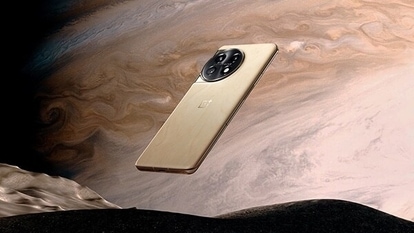Unexpected solar storm strikes the Earth triggered by solar winds; Check details here
An unexpected solar storm struck the Earth earlier today, December 13. The storm was sparked by a strong stream of solar winds. The minor storm sparked auroras in the Arctic Circle and nearby regions.
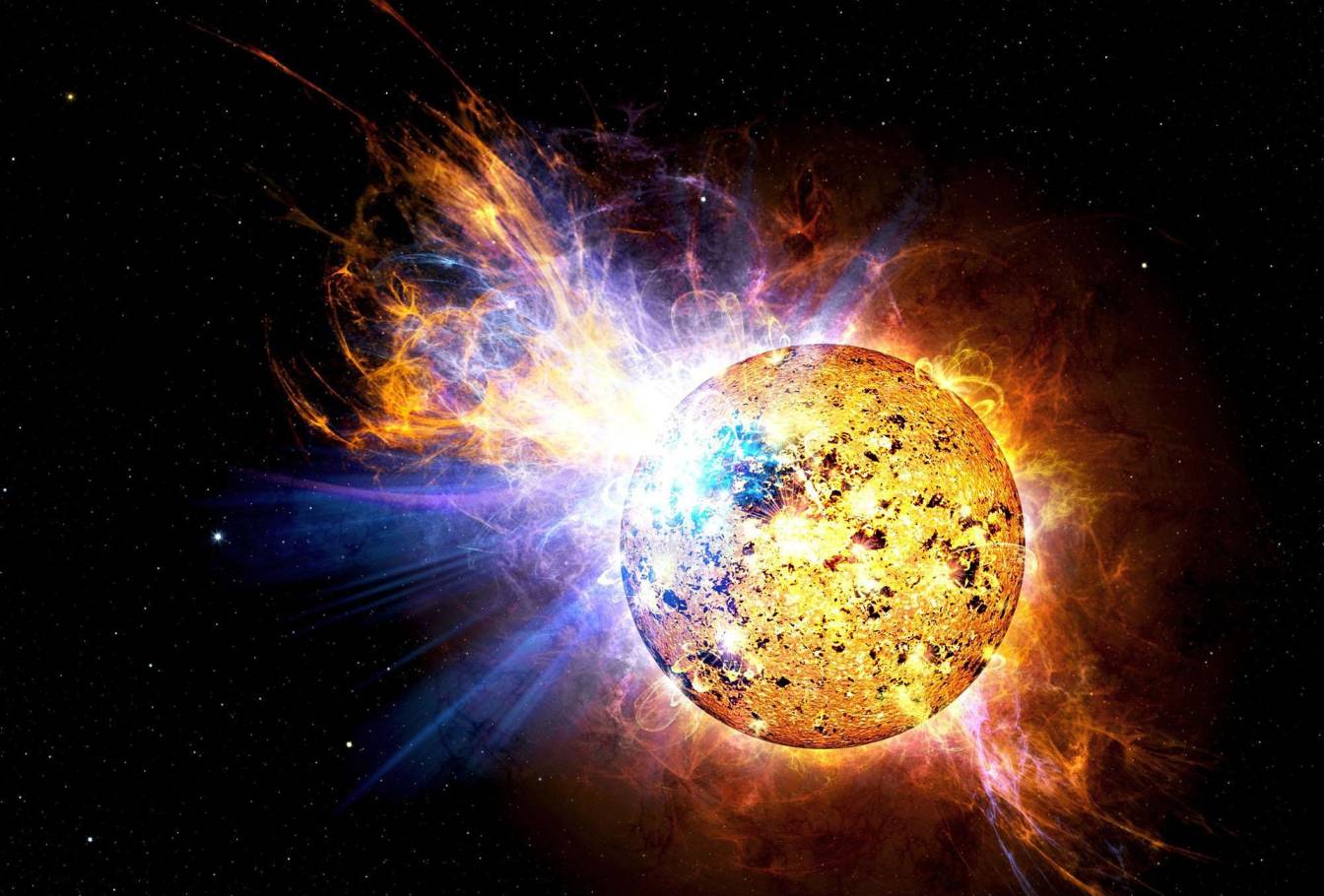
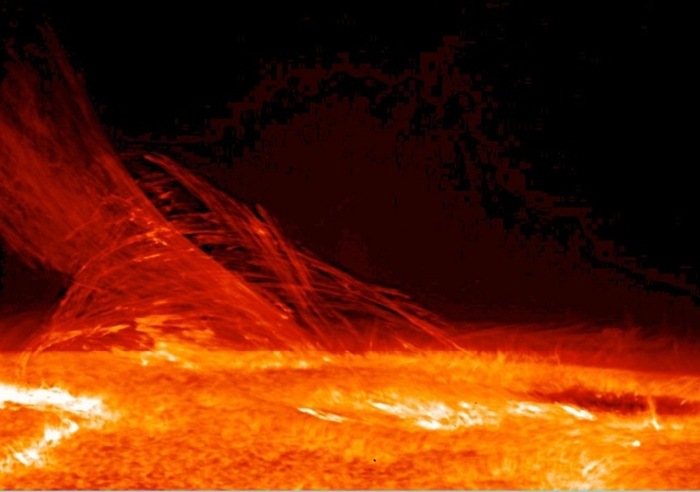
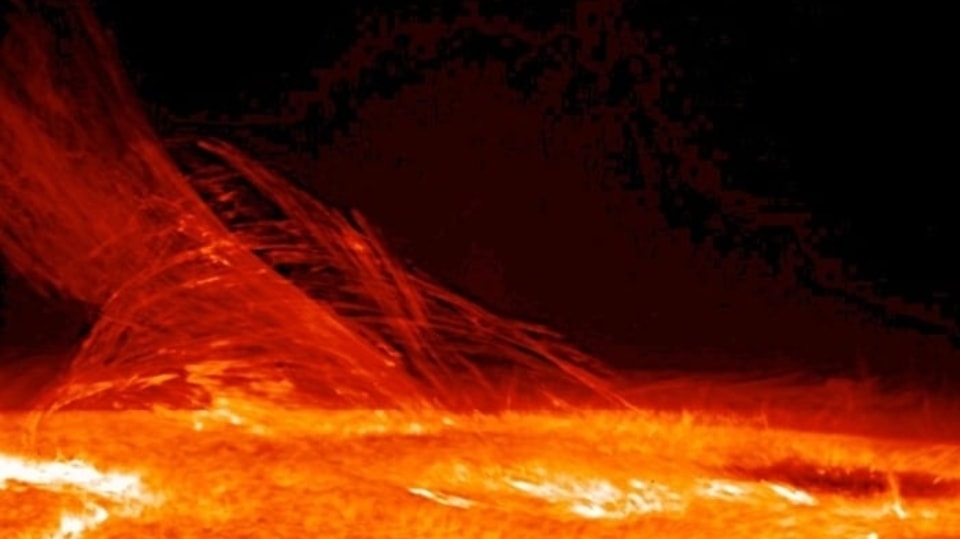
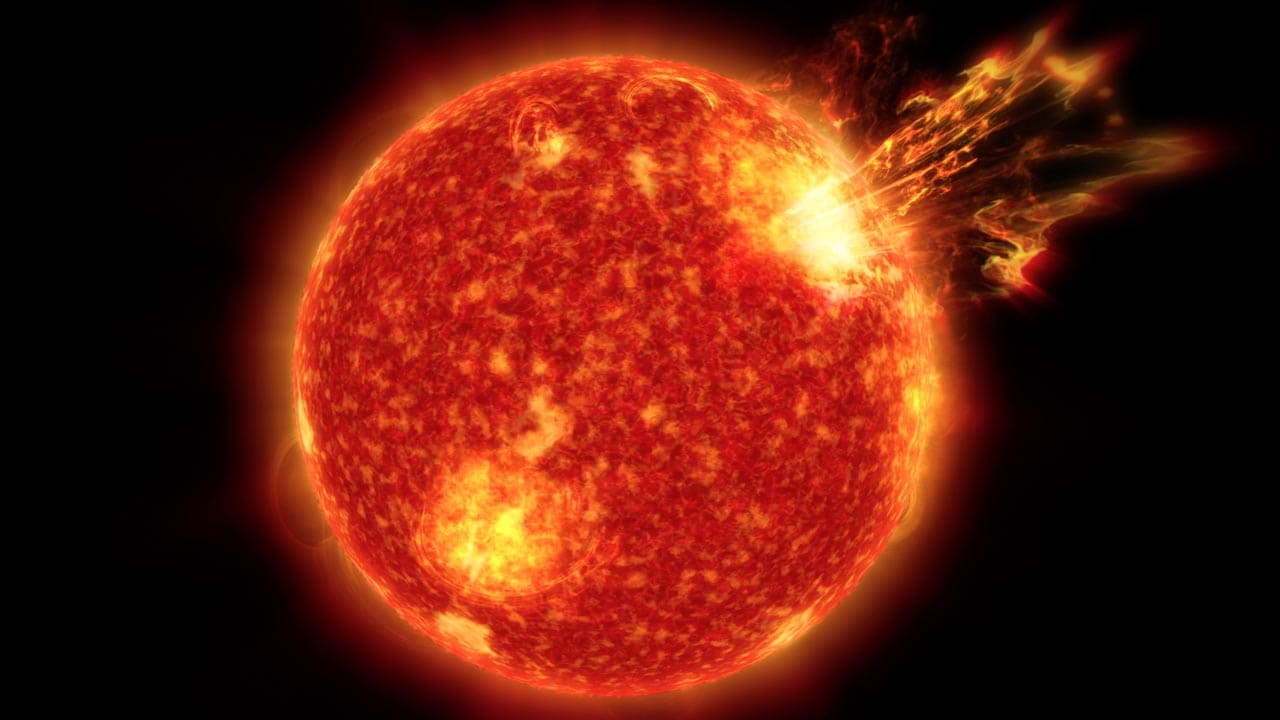
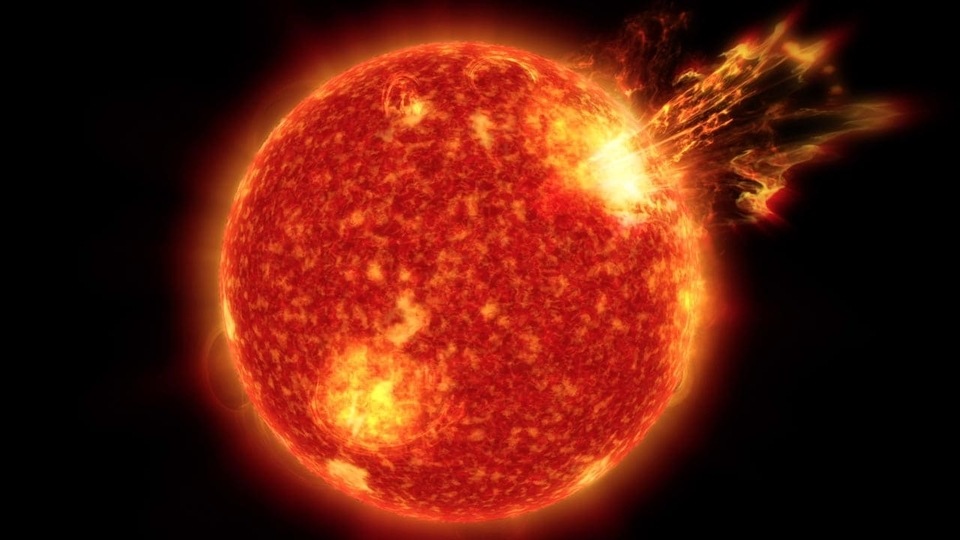
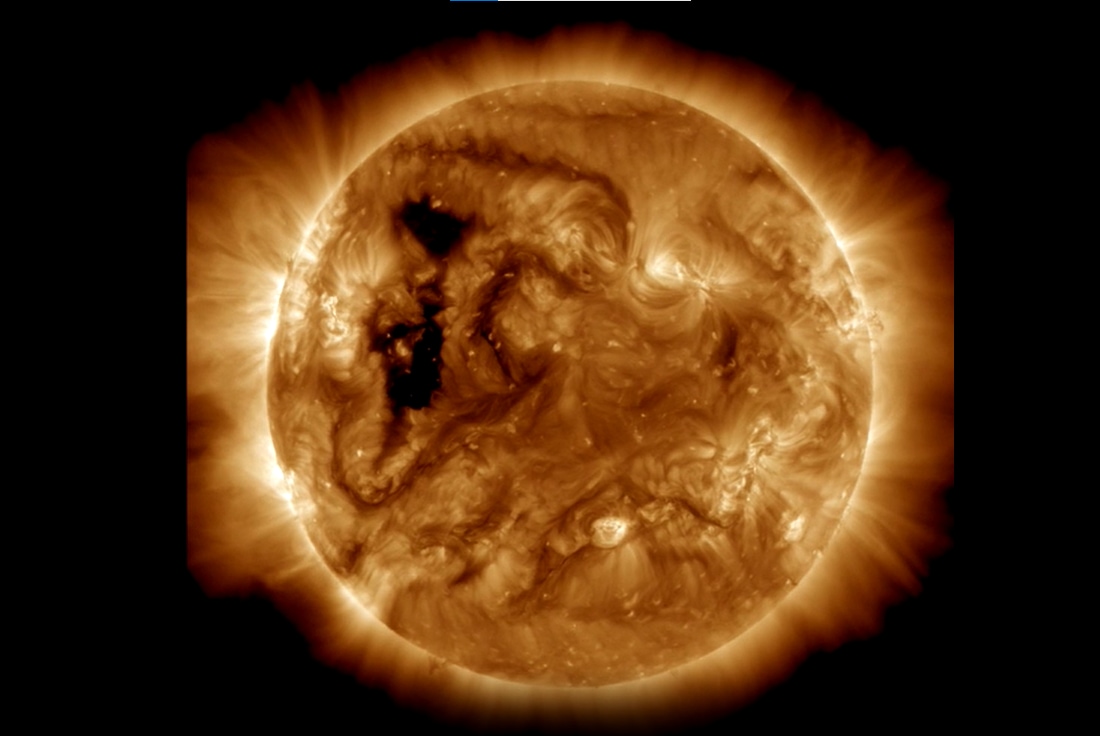
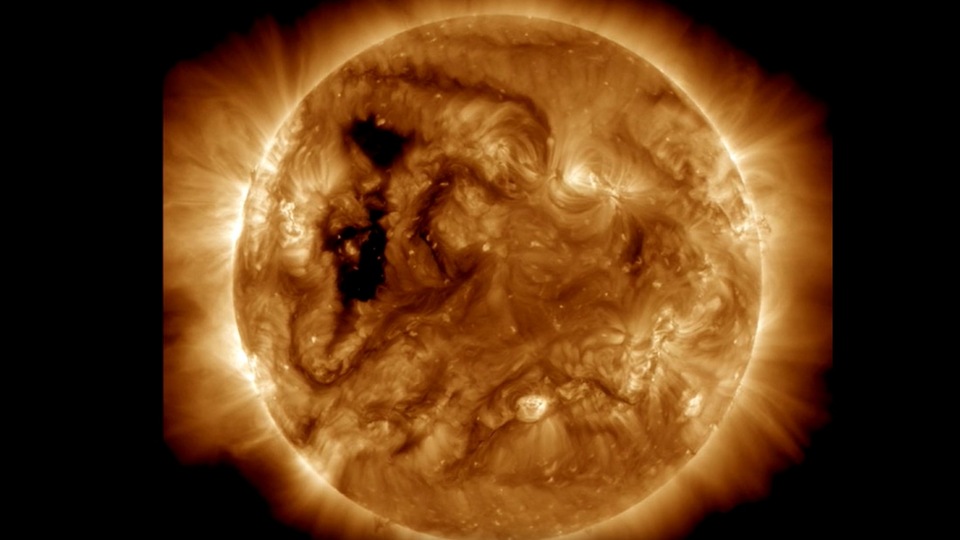
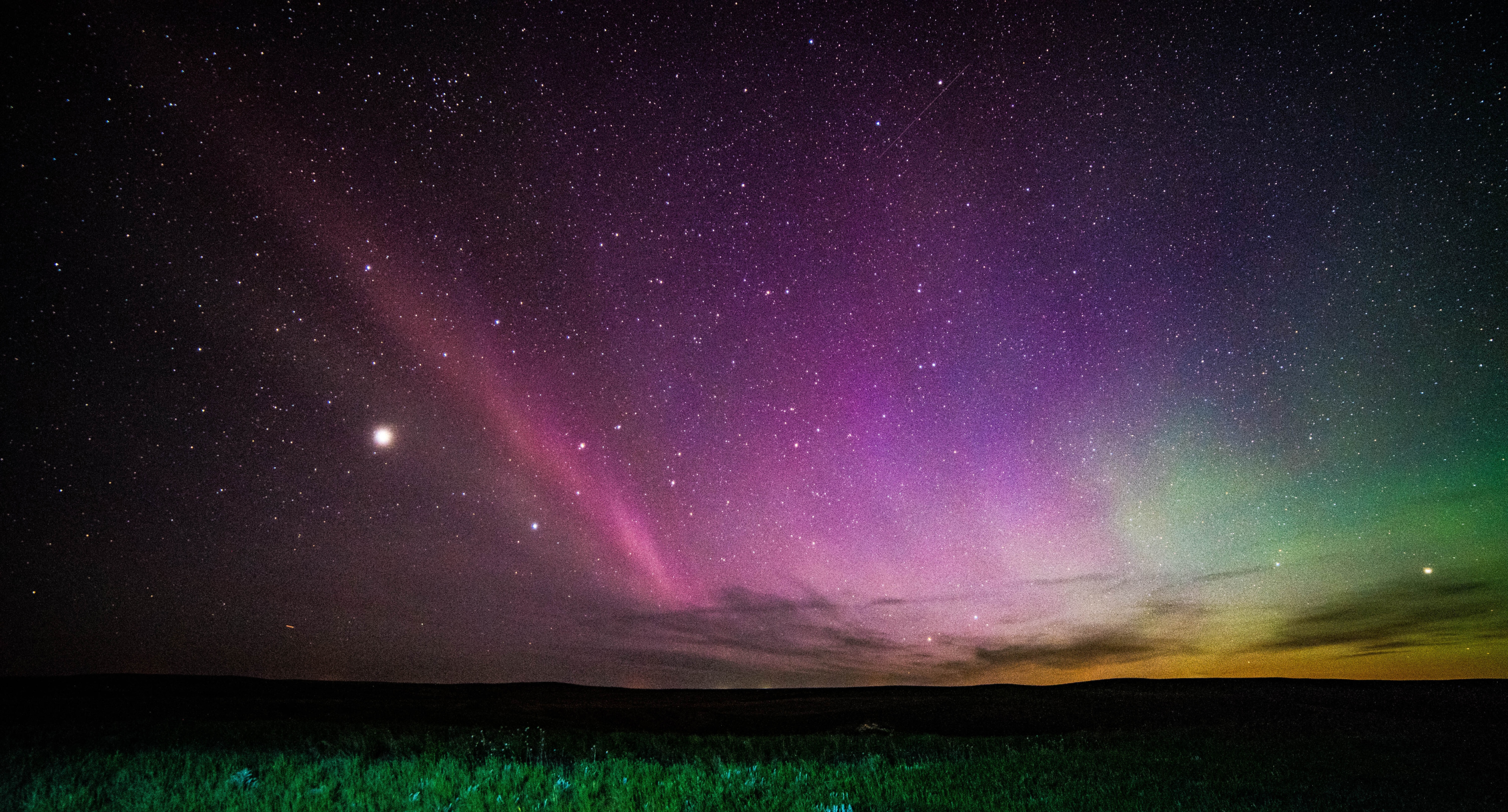
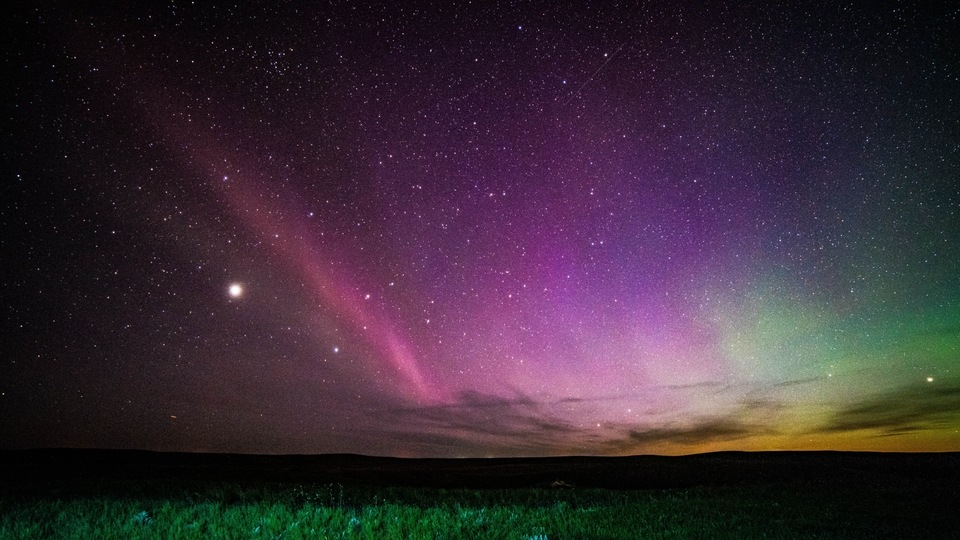
First Published Date: 13 Dec, 10:23 IST
Tags:
solar storm
earth
NEXT ARTICLE BEGINS

































